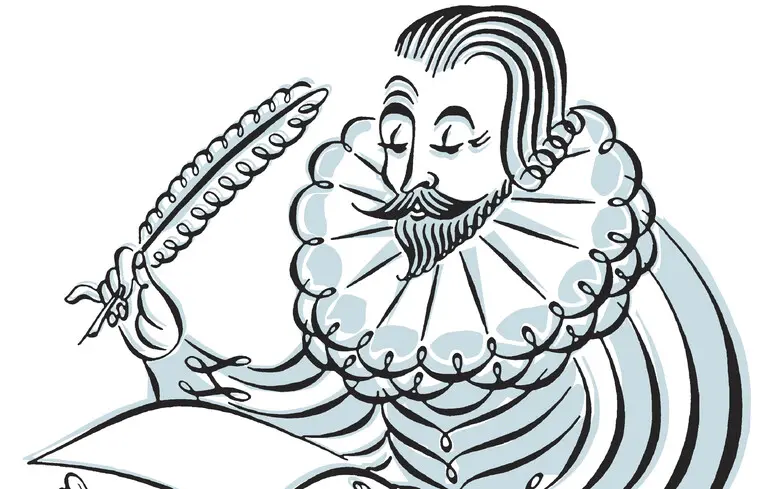Delving into the Secrets of the Past: Shakespeare’s Wills and Historic Artifacts Unearthed

A remarkable discovery in a British archive sheds new light on family disputes and historical controversies surrounding one of the world’s greatest playwrights—William Shakespeare.
In the National Archives of the United Kingdom, researchers uncovered a 17th-century manuscript that opens up new mysteries and debates about the legacy of the iconic author.
The document, dated August 25, 1642, belonged to Thomas Nesh, a grandson of Elizabeth Hall, one of Shakespeare’s daughters.
The find was made by historian Dr.
Dennis Gosling during an examination of unregistered boxes containing hundreds of old documents.
According to Gosling, this manuscript had remained unseen for nearly 150 years, stored away since the late 19th century.
The document confirms that the execution of Shakespeare’s will was far from straightforward, embroiling family conflicts and legal challenges.
The will was held by Thomas Nesh, a resident of New Place—Shakespeare’s family estate, regarded as the second-largest house in Stratford-upon-Avon.
It stipulated that the property be transferred to his cousin Edward, although he technically lacked the right to do so.
Officially, the estate belonged to Shakespeare’s eldest daughter, Susanna, who lived there with her daughter Elizabeth and her husband.
After Nesh’s death in 1647, the family received legal confirmation of ownership, but the following year, Edward Nesh filed a lawsuit demanding execution of the will.
Elizabeth contested this, citing her maternal grandfather’s will.
Researchers believe the case likely concluded with an out-of-court settlement.
Elizabeth, who later became Lady Barnard, remained in the estate until her death in 1670.
“I was thrilled to realize this document was directly connected to Shakespeare’s family story,” said the researcher.
“This discovery enriches our understanding of his personal and legal struggles.” Another historical revelation came from Poland, where during renovations of the St.
Peter and Paul Cathedral in Legnica, archaeologists uncovered an ancient copper time capsule—believed to be the oldest in the world.
Hidden over 370 years ago, the capsule contained documents and coins buried thrice—initially in 1650, then in 1775, and again in 1823.
The find has been transferred to the Museum of Copper for further study and preservation.
Both discoveries offer invaluable insights into our shared history, revealing secrets of bygone eras and illuminating the lives of famous figures and historical processes that shaped the world we live in today.

